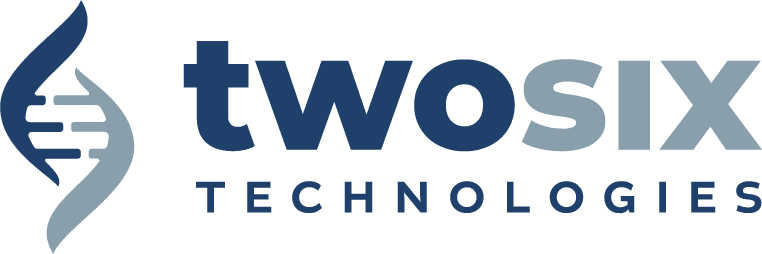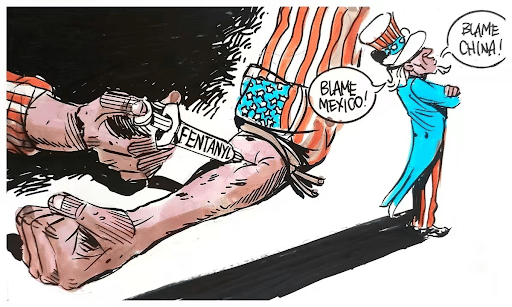In the tenth edition of this report Two Six Technologies’ Media Manipulation Monitoring (M3) team recommends the US government take four actions to gain information advantage over the PRC in 2025 to poke at Beijing’s sensitivities and undermine its priorities. While Beijing censors its domestic netizens’ opinions about economics and Taiwan, it amplifies pro-PRC content globally to portray itself as a friendly superpower. These sensitivities and priorities offer opportunities for counter-actions and counter-messages.
From 1 January–31 December 2024, M3 captured over 1,157 information operations (IO) aimed at a global audience on the X platform (formerly Twitter) and 2,094 IOs in China’s domestic information environment (IE)—the social media platform Weibo, as shown below.

In 2025, the US can gain information advantage over the PRC by taking four low-effort, low-cost actions.
Action 1: Amplify content created by Chinese netizens that the PRC censored to force Beijing to address domestic concerns. Chinese netizens create content critical of their government that is almost certainly more resonant than anything an outsider could create.
Action 2: Amplify grassroots content from ally and partner information environments (IE). Use existing content in ally and partner IEs that supports US partnerships and exposes PLA aggression.
Action 3: Give people something to talk about with US Operations, Activities, and Investments (OAIs). Enhance the novelty of US OAIs so Indo-Pacific onlookers take and share photos, generating discussion online.
Action 4: Undermine the PRC state media’s global content-sharing deals. Expose or offer alternatives to the PRC’s content-sharing deals.
These four actions aim to deter PRC aggression, build communities’ resilience to PRC influence attempts, or impose costs on Beijing’s propaganda and censorship apparatus because they:
- Deter PRC aggression: Messaging to netizens in China about censored topics—even from outside China—can slow Beijing down by forcing it to address concerns at home.
- Build resilience to PRC influence: Amplifying existing content from Indo-Pacific IEs or undermining the PRC state media’s numerous partnerships with local outlets can help allies and partners resist PRC propaganda.
- Impose costs on Beijing: Adding novel elements to US OAIs and watermarking Defense Visual Information Distribution Service (DVIDS) images can elicit reactions from Beijing and increase the US’s ability to track those reactions within the Chinese IE.
These recommendations are based on IE data dating back to 2018, in particular 3,611 PRC information operations (IOs) since 1 January 2024.
For more information on this topic from our full Media Manipulation Monitor (M3) report, contact us at: [email protected].




